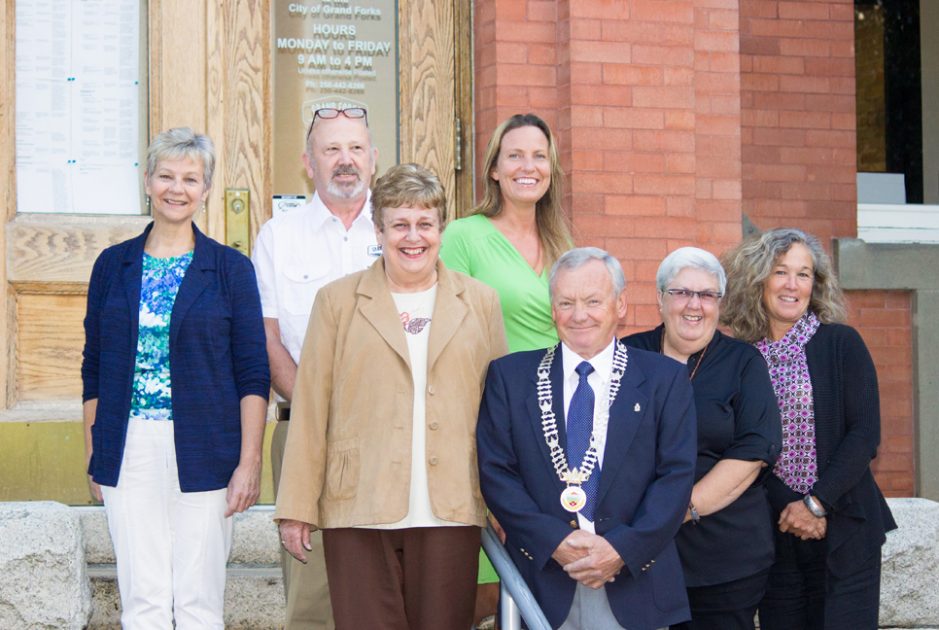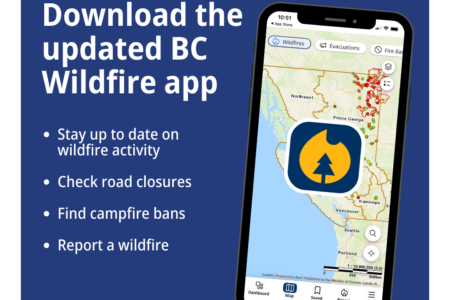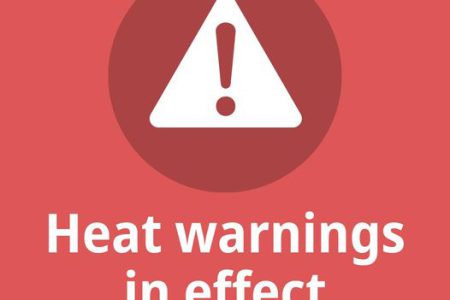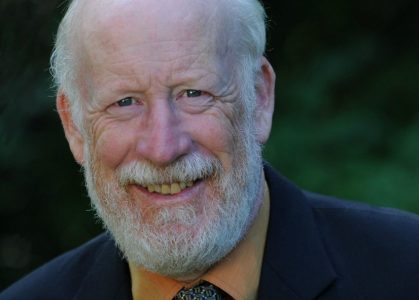Cannabis consumption geographical restrictions left out of Zoning Bylaw
The city won’t be determining where cannabis can be smoked in public before it heads to a public meeting on the Zoning Bylaw for regulating legalized cannabis, despite the urging of one councilor.
Coun. Beverley Tripp asked Grand Forks city council to consider where cannabis could be consumed in public and to write it into the draft Zoning Bylaw amendment before it went out to the public later this spring.
She pointed to an existing cannabis consumption bylaw in Calgary that restricted cannabis anywhere in public places, while allowing to people to smoke in their own homes and on private property.
The rationale stated for that move is that the smell of cannabis is much stronger than cigarette smoke, and it is quite offensive to passersby, Tripp explained.
“A person cannot drink alcohol while walking down the street so they felt that people shouldn’t be able to smoke a joint while walking down the street either,” she said.
A Calgary poll survey revealed 66 per cent of people felt smoking pot in public should be banned. She felt the same template for public concern could be imposed on Grand Forks.
“We (need to) draft a new cannabis consumption bylaw that we consider where exactly cannabis can be consumed,” Tripp said.
Even within provincial regulation alone, smoking cannabis is prohibited in parks, within seven metres of doorways and around any spots children frequent. In terms of municipal land within city limits, that leaves roads (not downtown or near a public building) and sidewalk attached to the roads as legal places to smoke.
City staff said the reaction to the question of where to ban cannabis consumption was split. Residents who responded to the survey would like to see retail cannabis businesses located away from youth related premises, not along the highway, but in downtown and the west end.
“So we did not feel confident advancing a bylaw based on that, however, that would be where we would recommend putting any further restrictions that council would wish to see that would be in a separate smoking bylaw,” staff replied.
Cannabis retail sites would be enabled in specific areas within core commercial and neighbourhood commercial zones as well as industrial zones. Cannabis production, processing and wholesale would only be allowed in specific areas within industrial zones.
Coun. Julia Butler asked for the removal of grow operations in residential areas before the bylaw moved to public process. The Zoning Bylaw regulates where production facilities and retail cannabis businesses may operate.
But Coun. Chris Hammett said the draft bylaw talks about retail and production zoning.
“I think consumption should come under a different bylaw,” she said. “I think we are just spinning our wheels taking about consumption and where people can smoke it when it isn’t even on the table right now.”
The issue of consumption was absolutely attached to the draft bylaw, said Tripp.
“I would like to get things right before we get too far down the road and we can’t make any changes,” she said. “This is a serious issue for our community and it affects everyone.”
Getting the bylaw to third reading allowed the public consultation process to begin, said Coun. Christine Thompson. She said she would support first to third reading to let the process begin and the details to be worked out.
“First and foremost we have to trigger the engagement,” said Mayor Frank Konrad about moving the draft bylaw forward for public debate.
The motion to accept the Zoning Bylaw amendment passed.
City staff introduced the Cannabis Legalization Critical Path at the Feb. 26 regular meeting, identifying the bylaws that needed to be amended to accomplish the community’s goals for regulating legalized cannabis.
A community survey on retail cannabis businesses was administered at the end of February. The Zoning Bylaw amendments that will be used to implement the regulations were introduced at the April 9 committee of the whole meeting.
The city department proposed to work through the bylaw adoption process and bring the bylaw for final reading concurrent with implementation of provincial and federal regulations to “ensure it is compliant with all applicable regulations and local government powers.”
The department also proposed extended public engagement before the required public hearing, including an open house and additional engagement tools.


























Comments